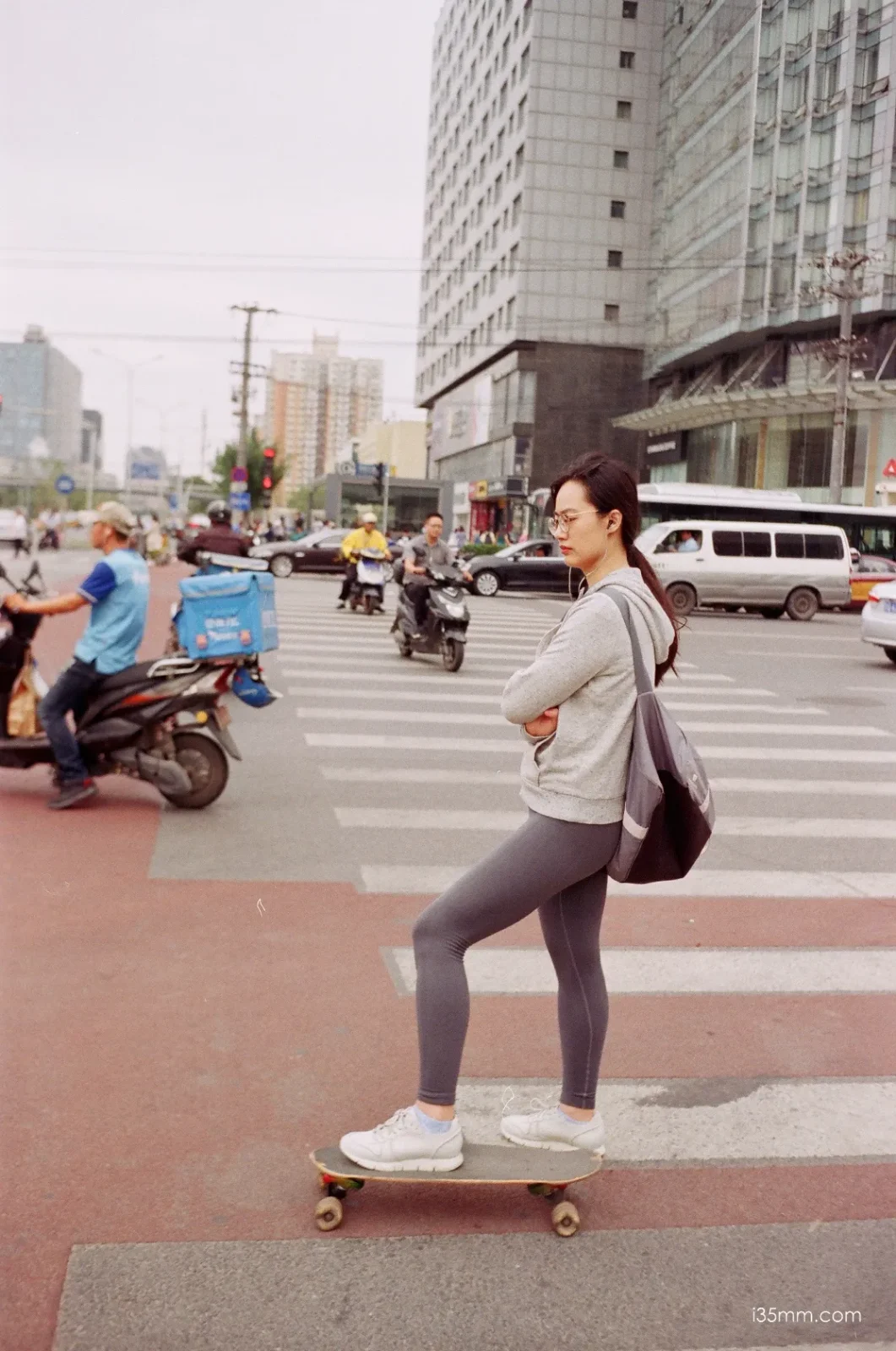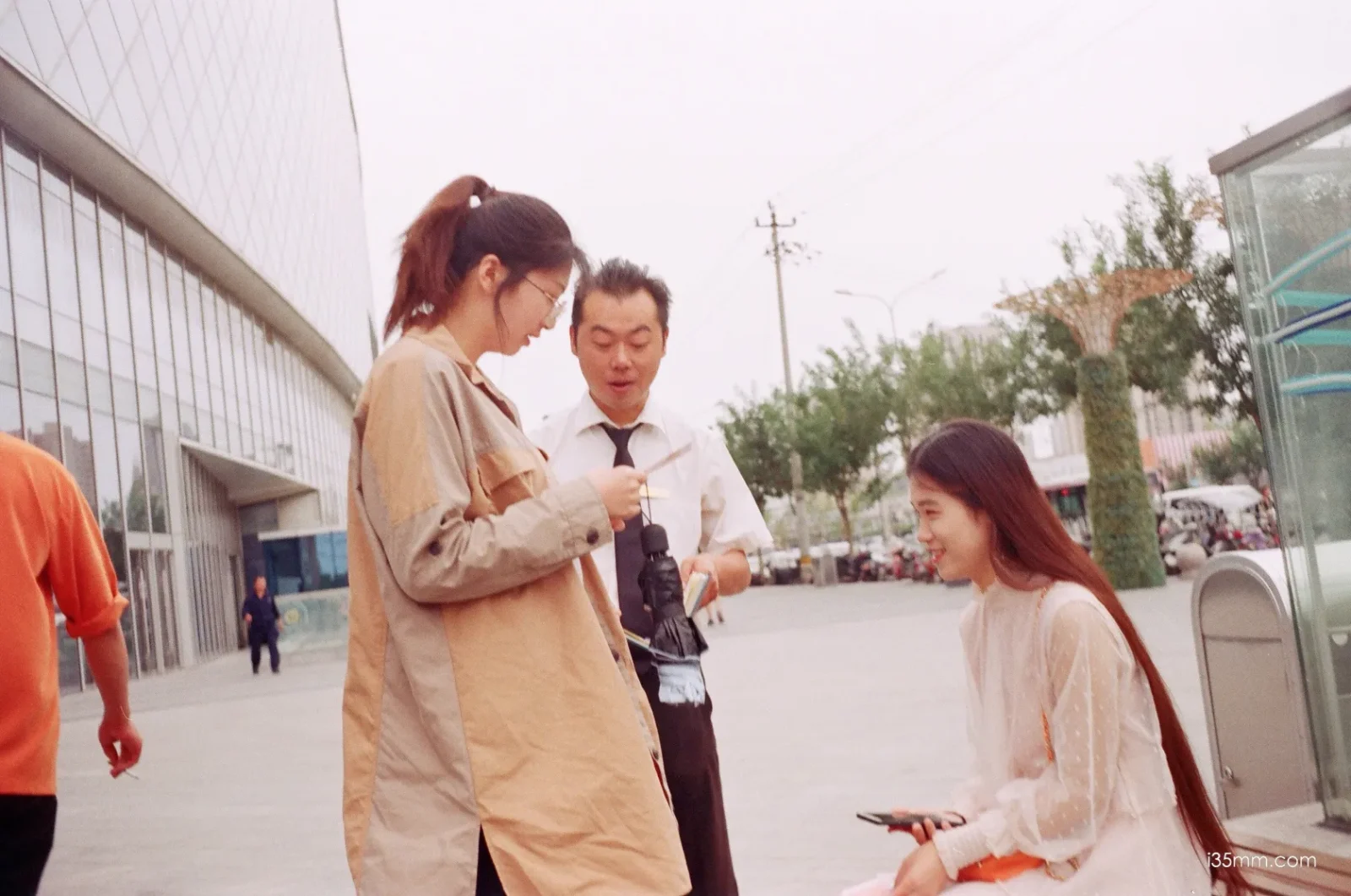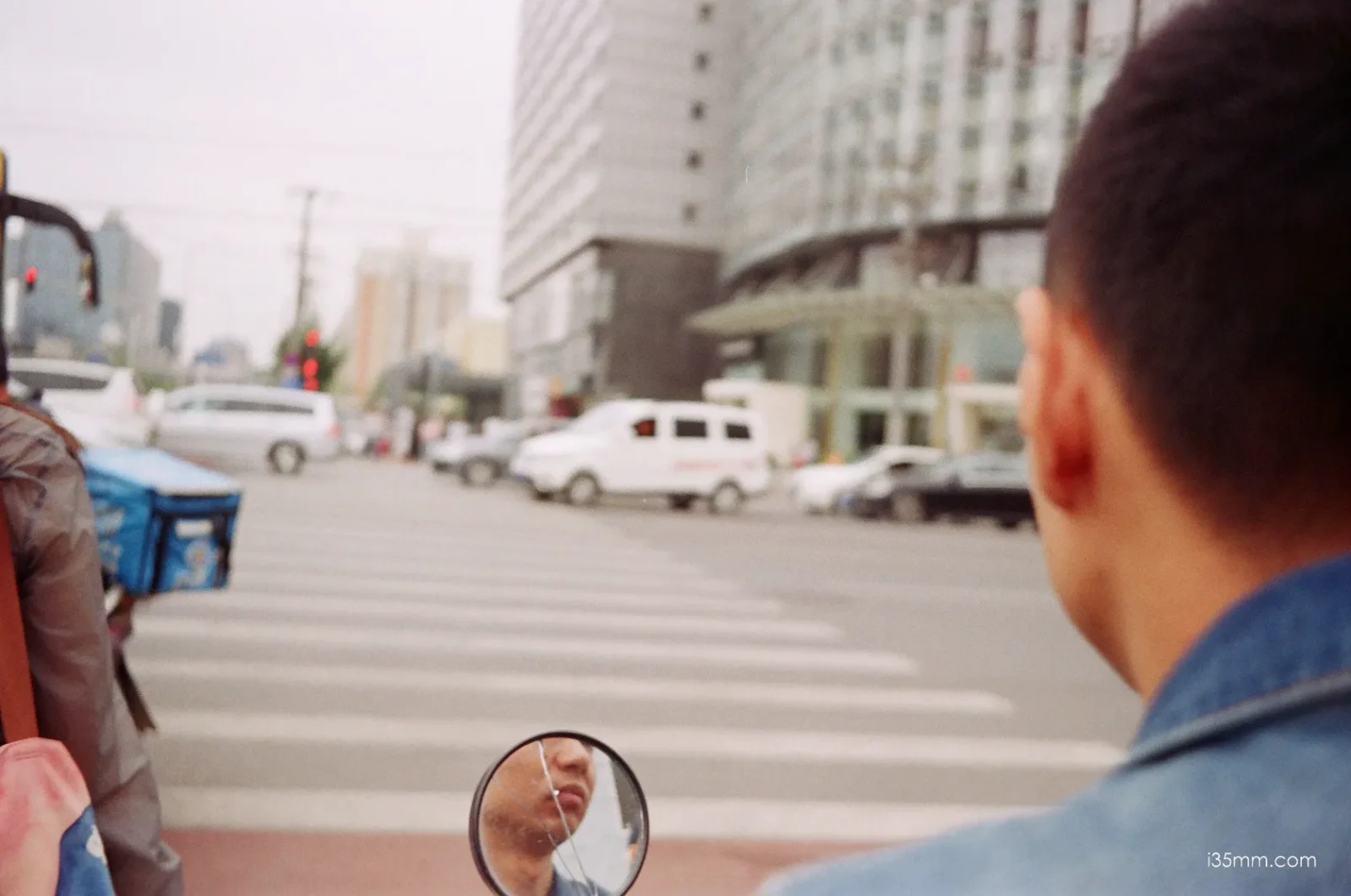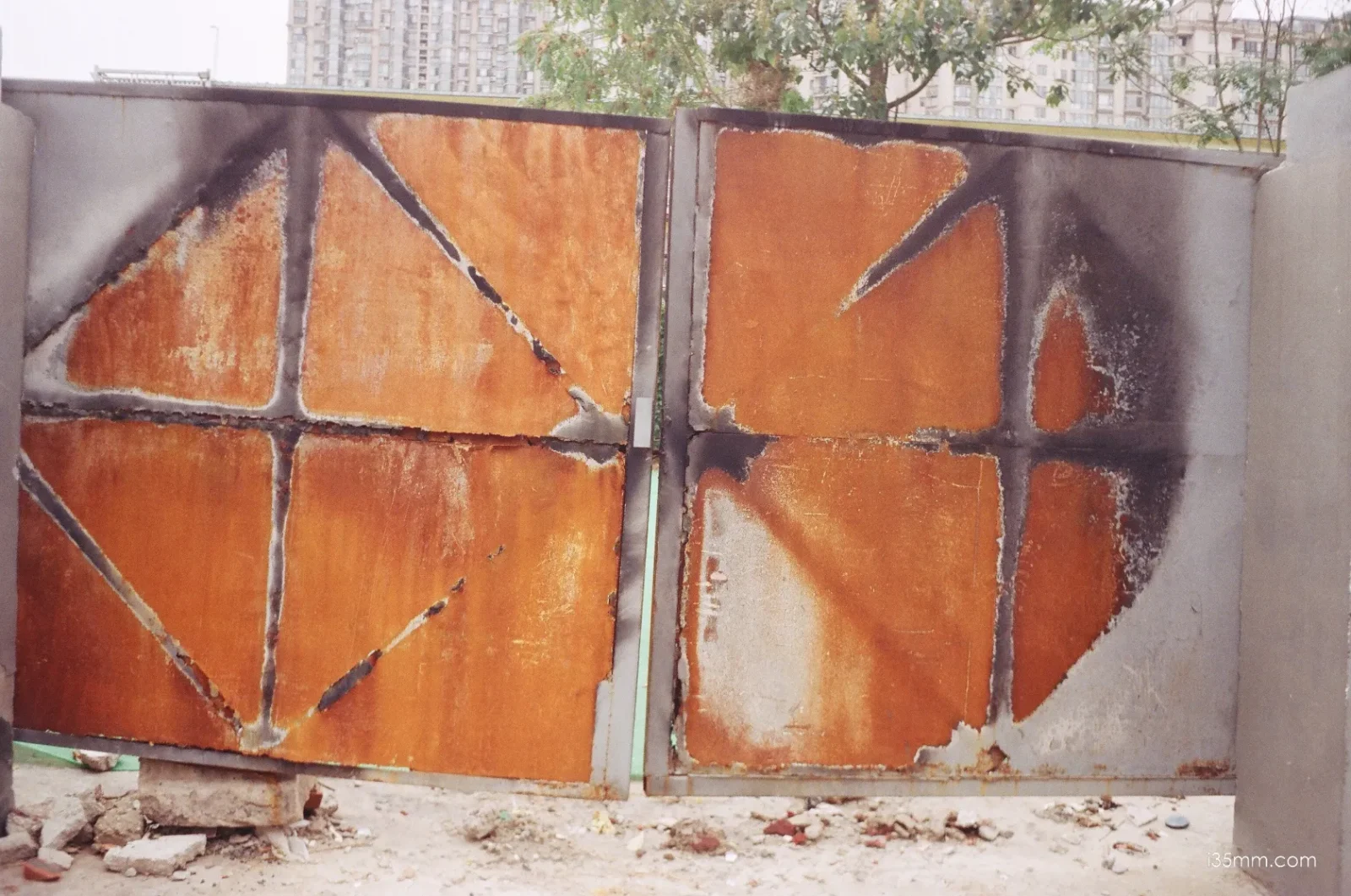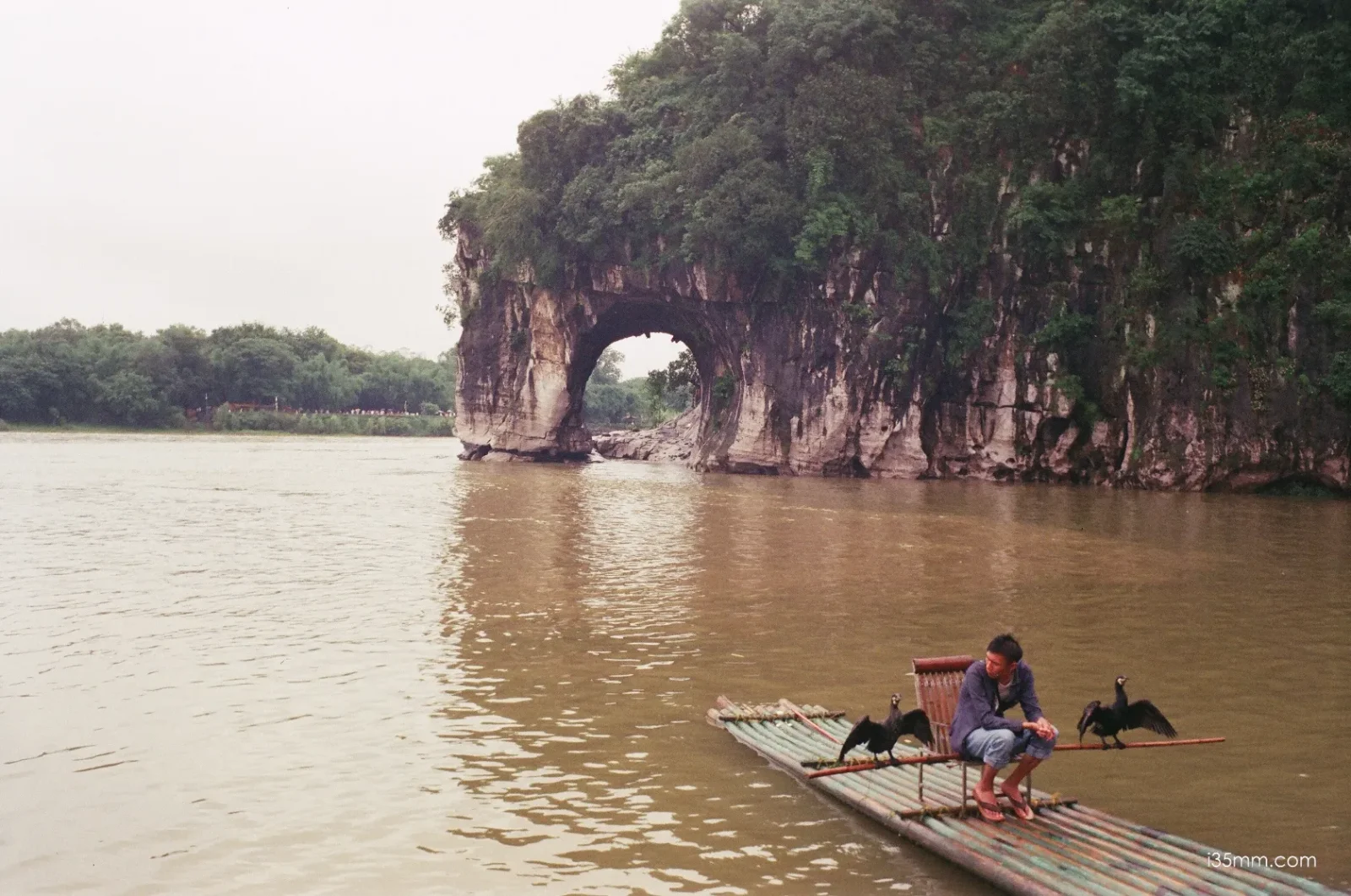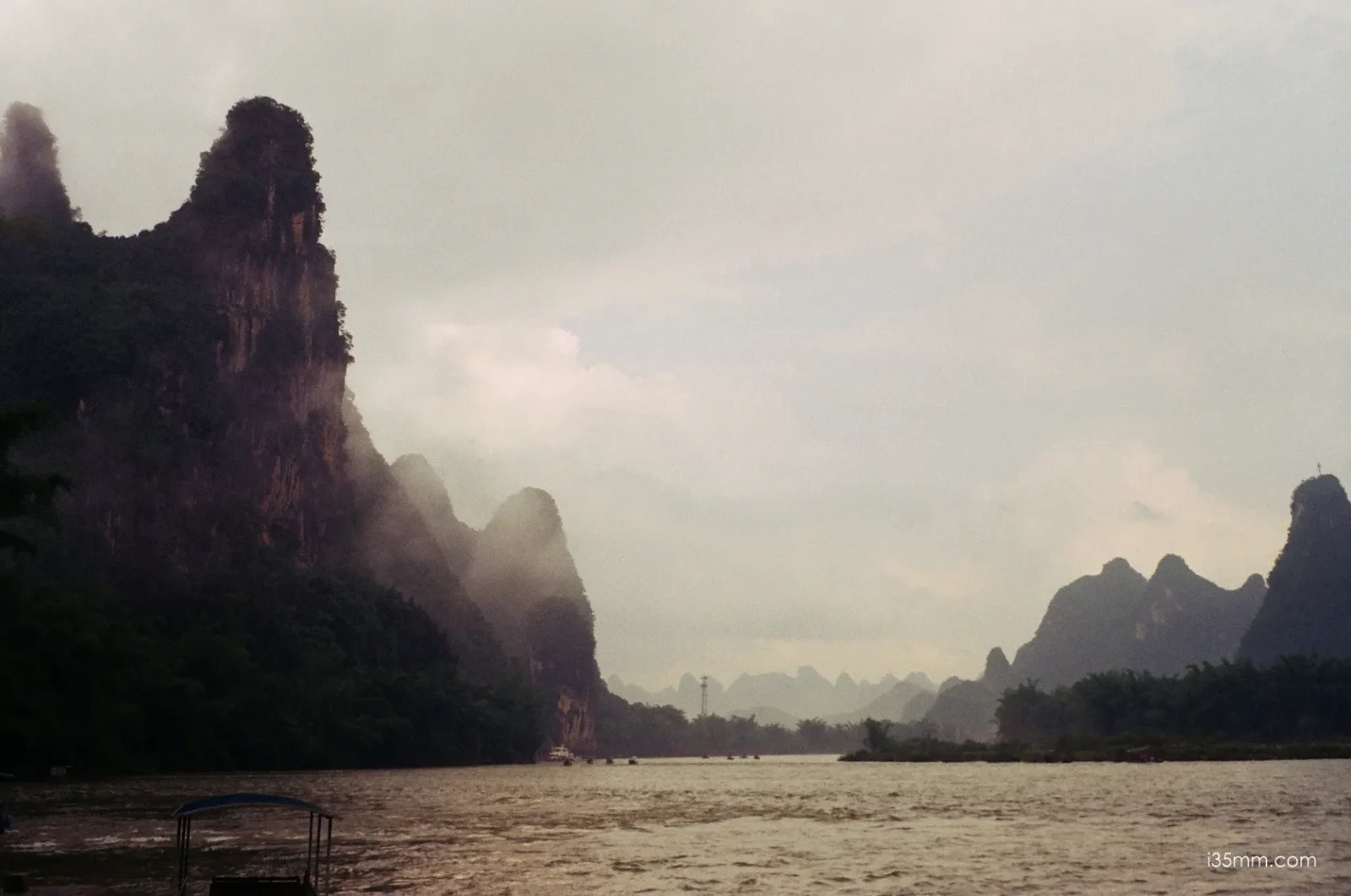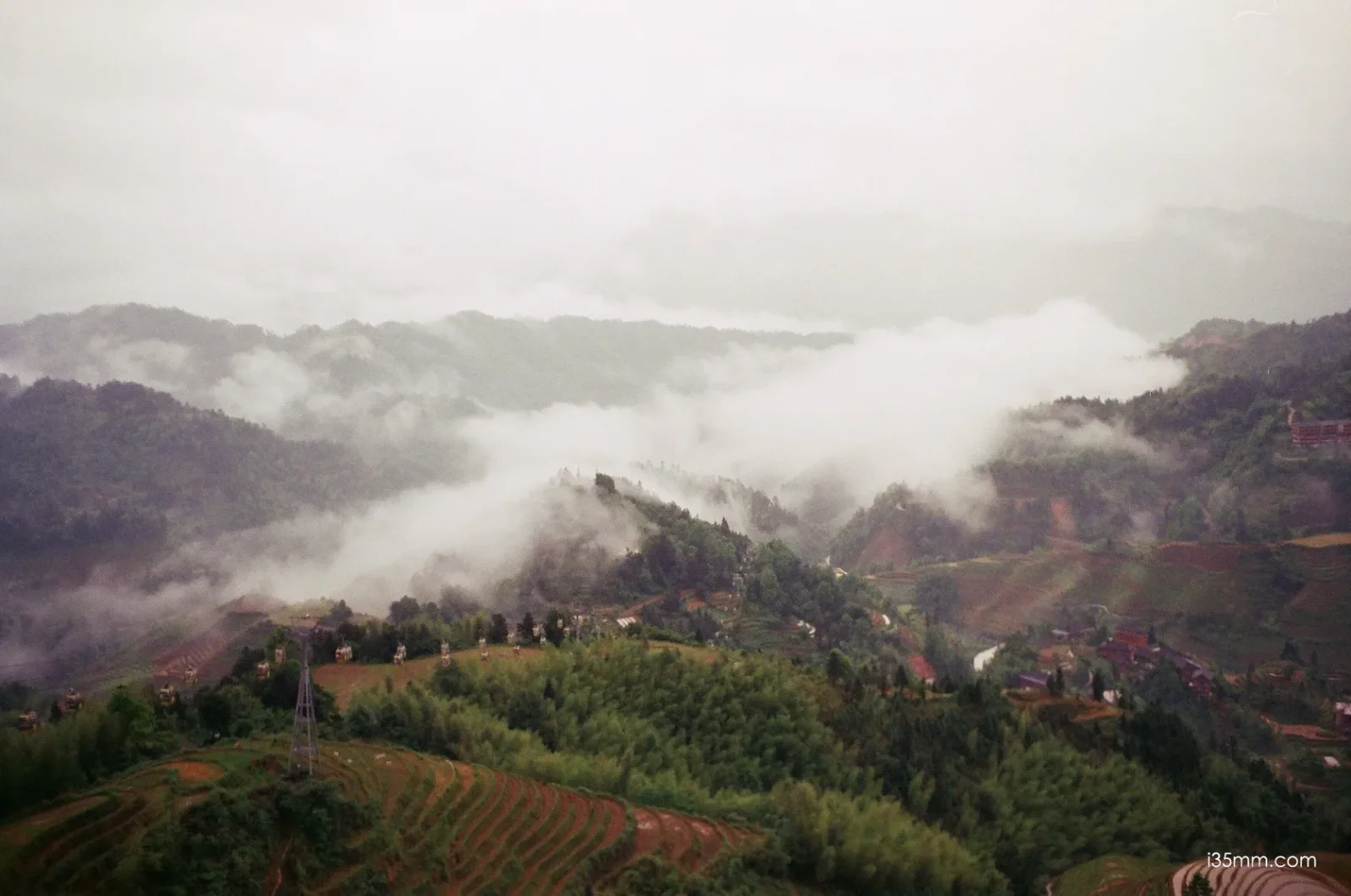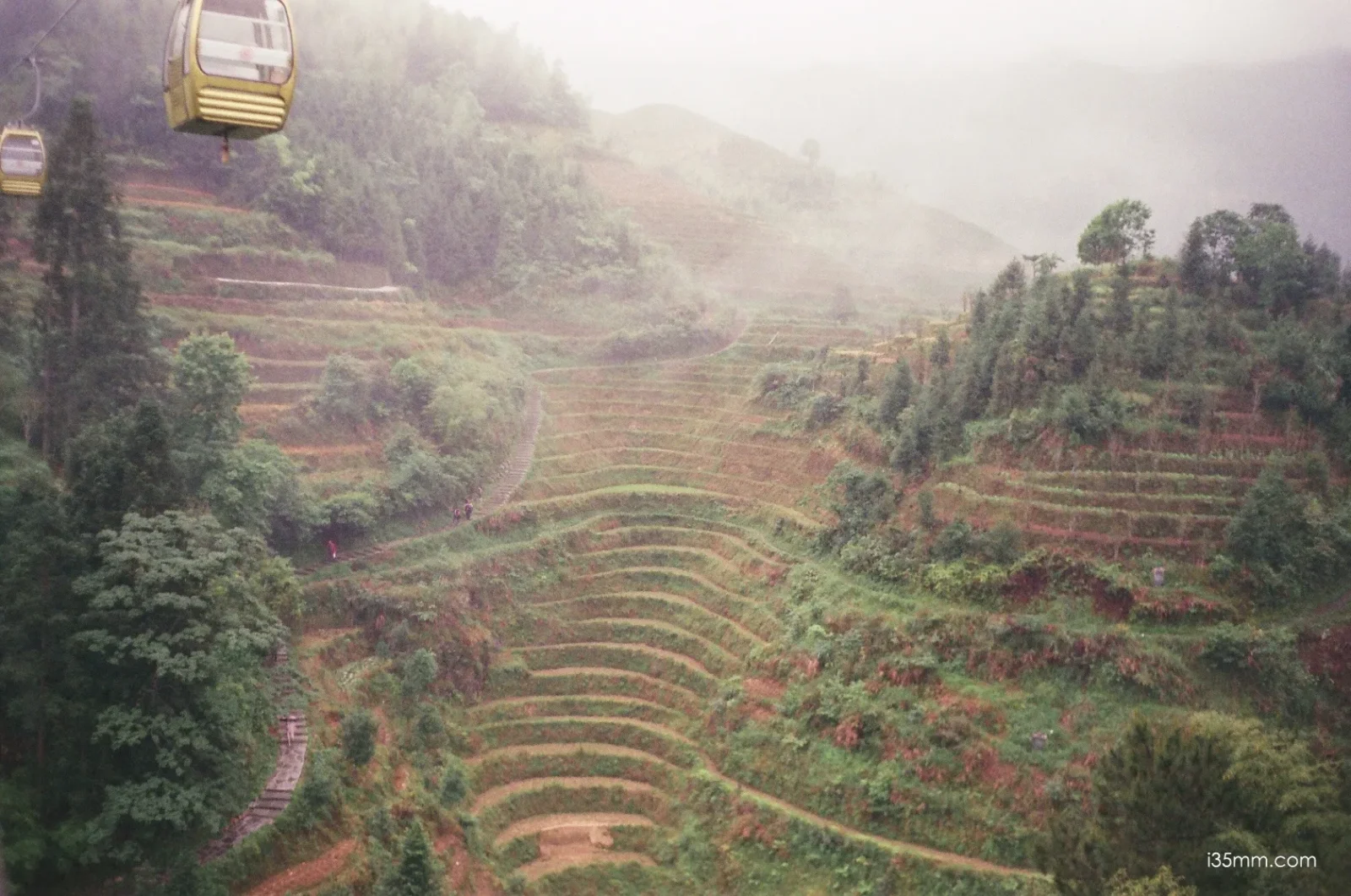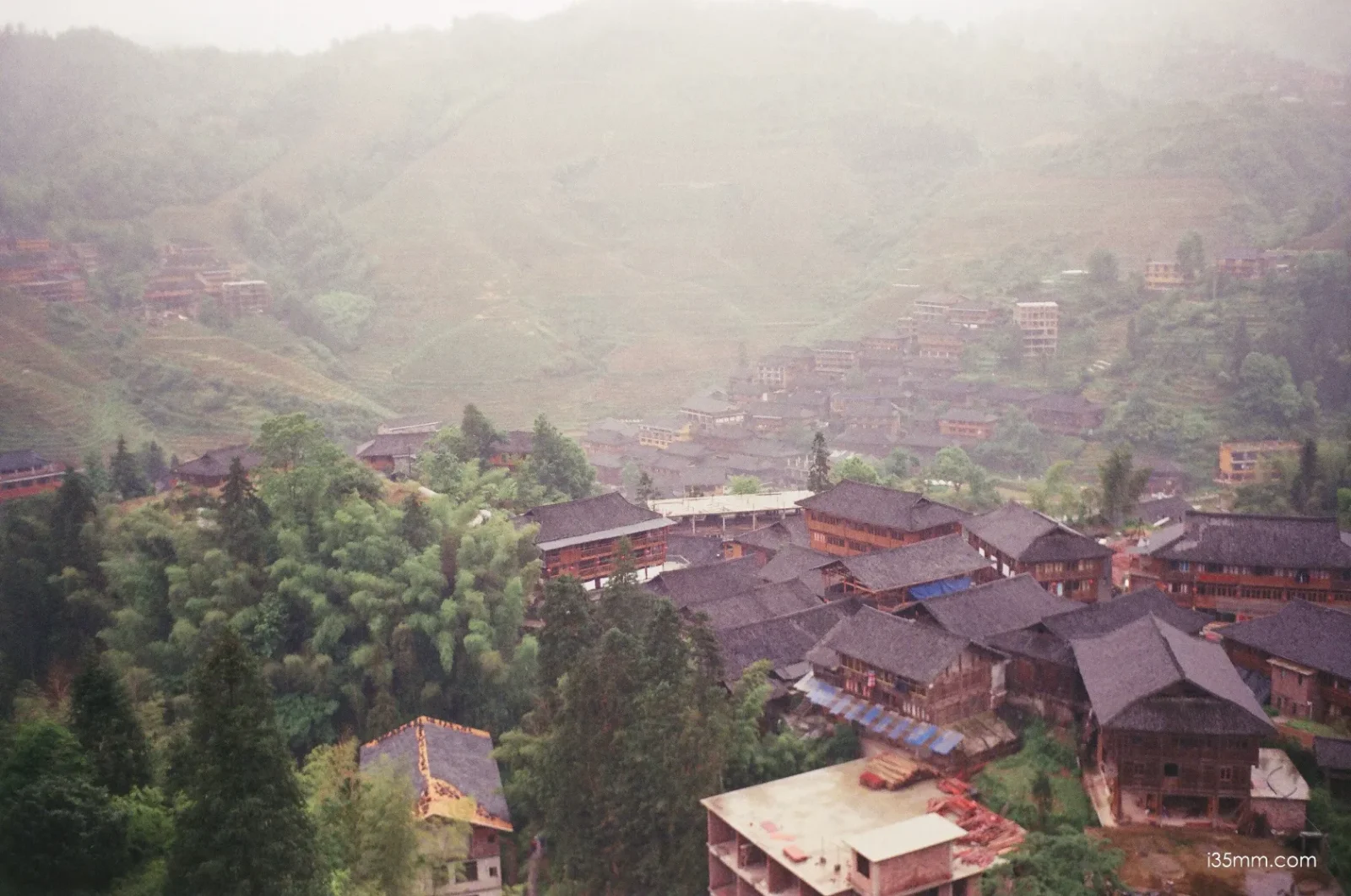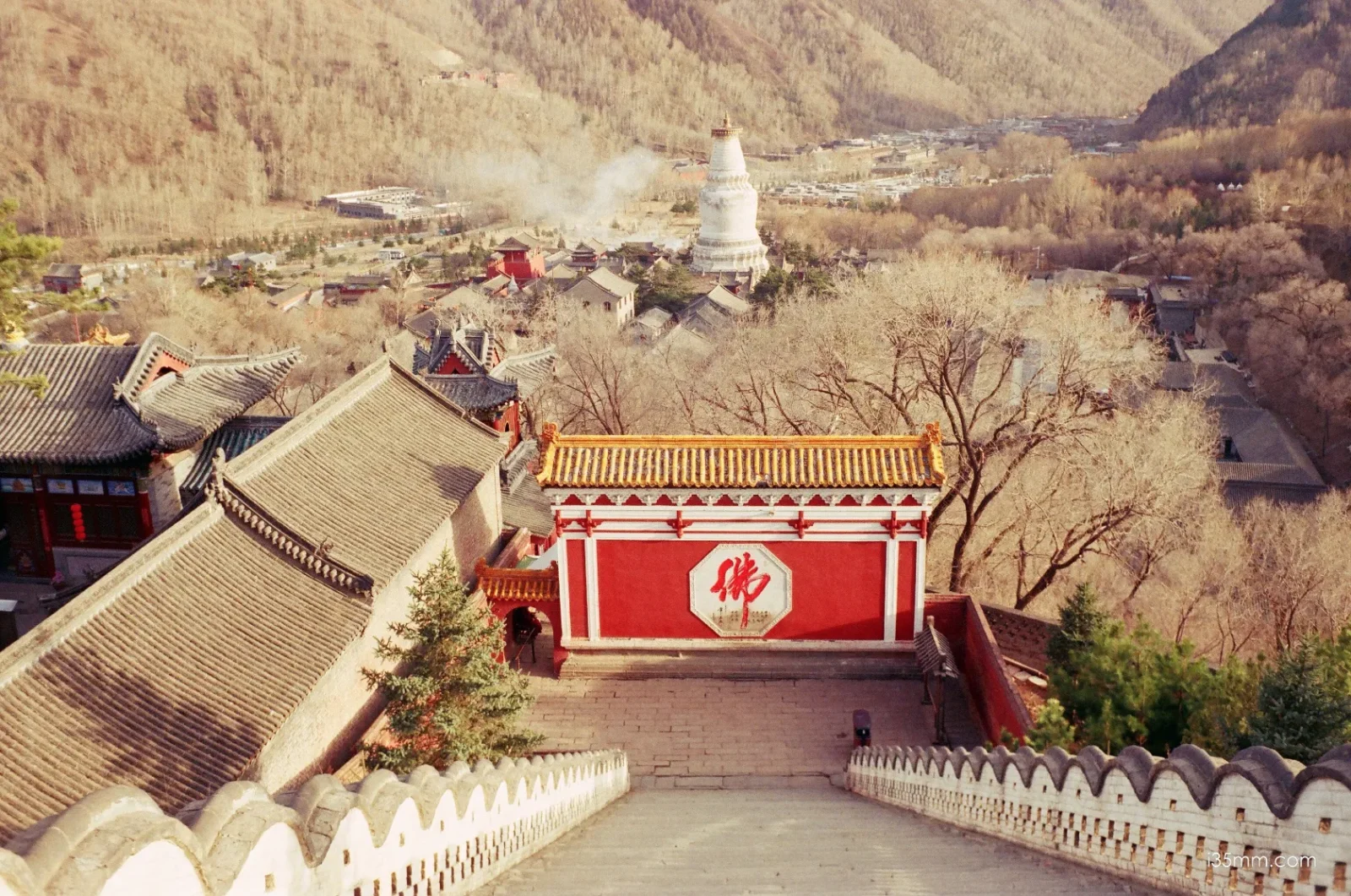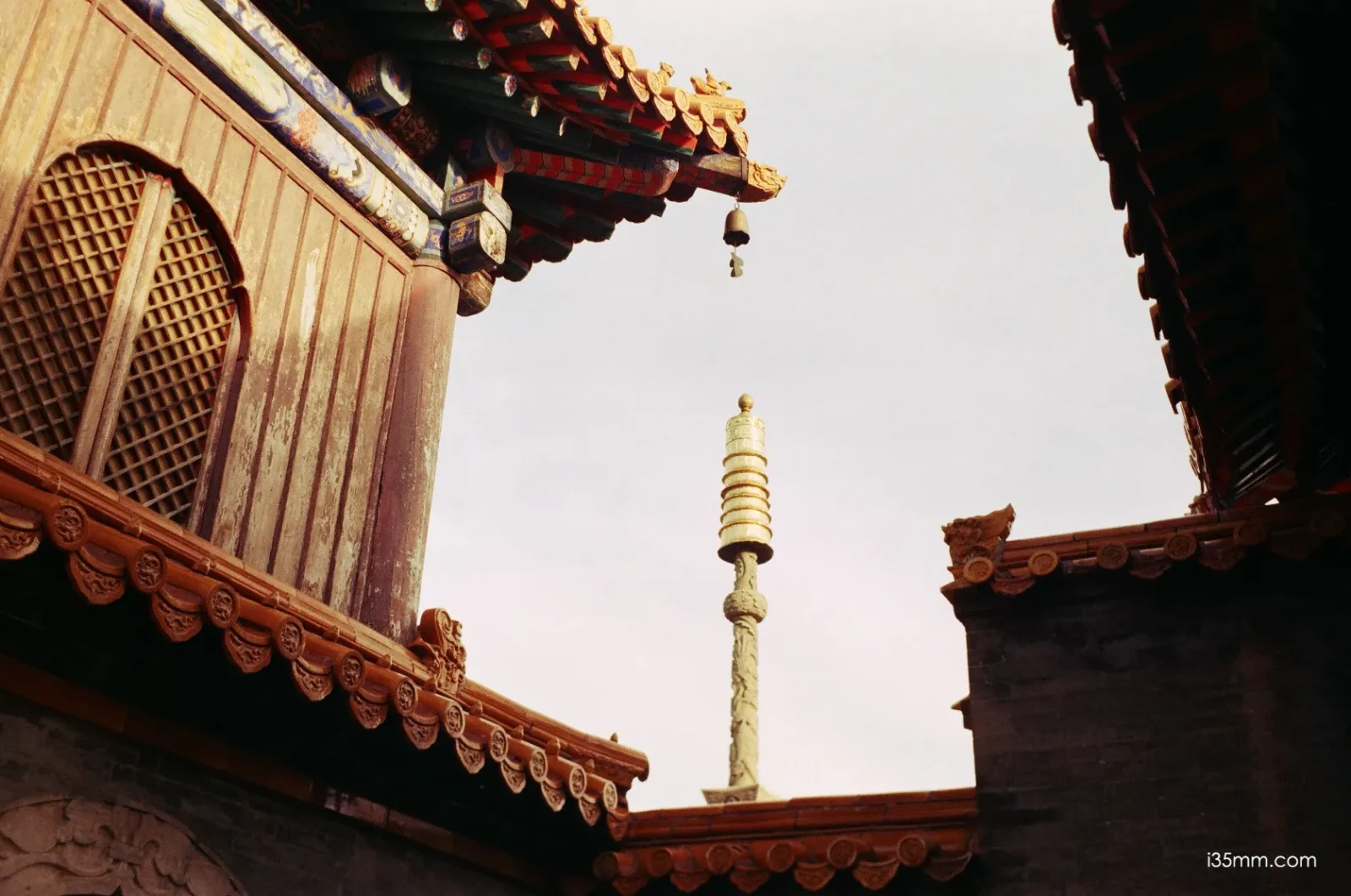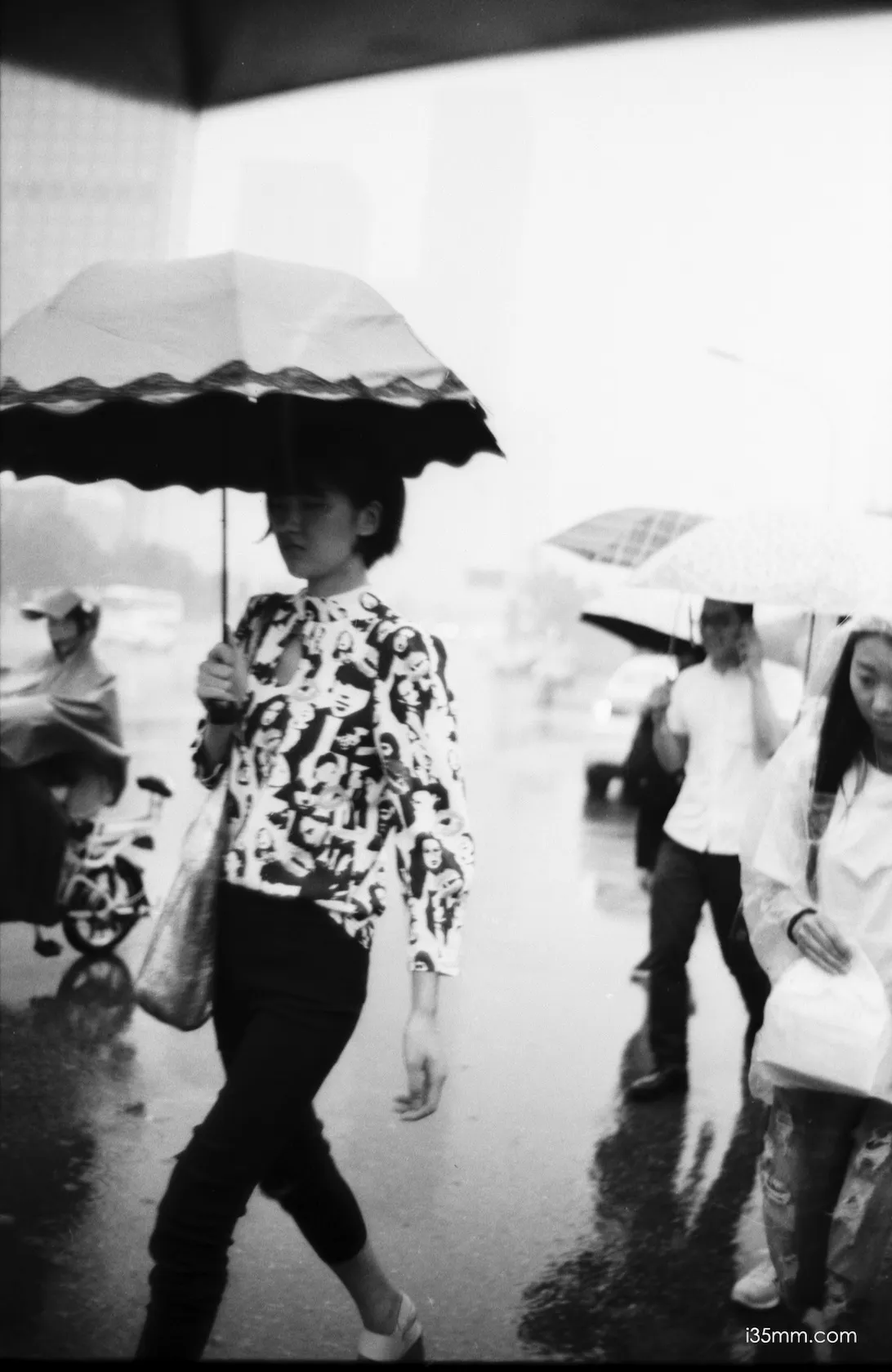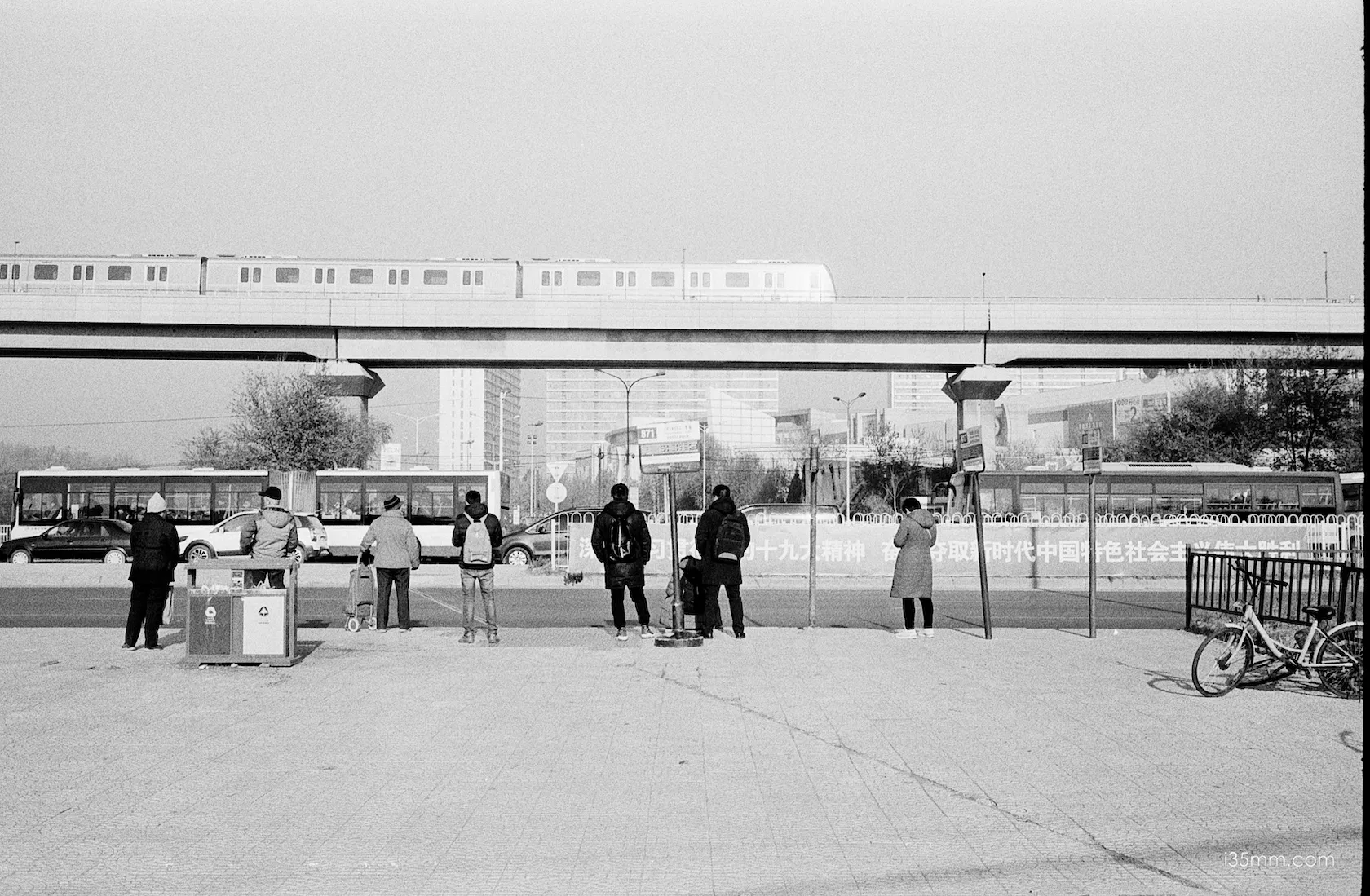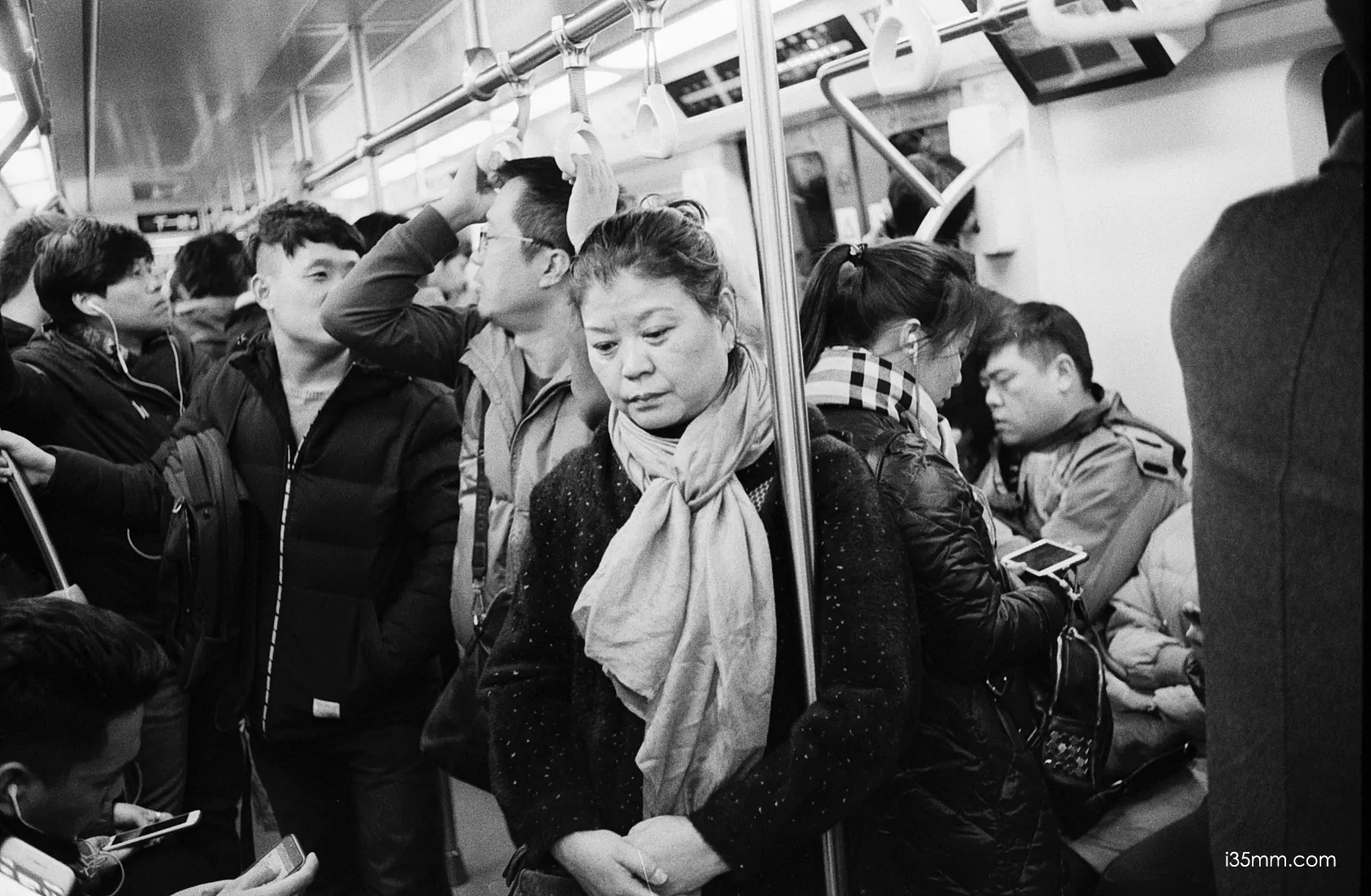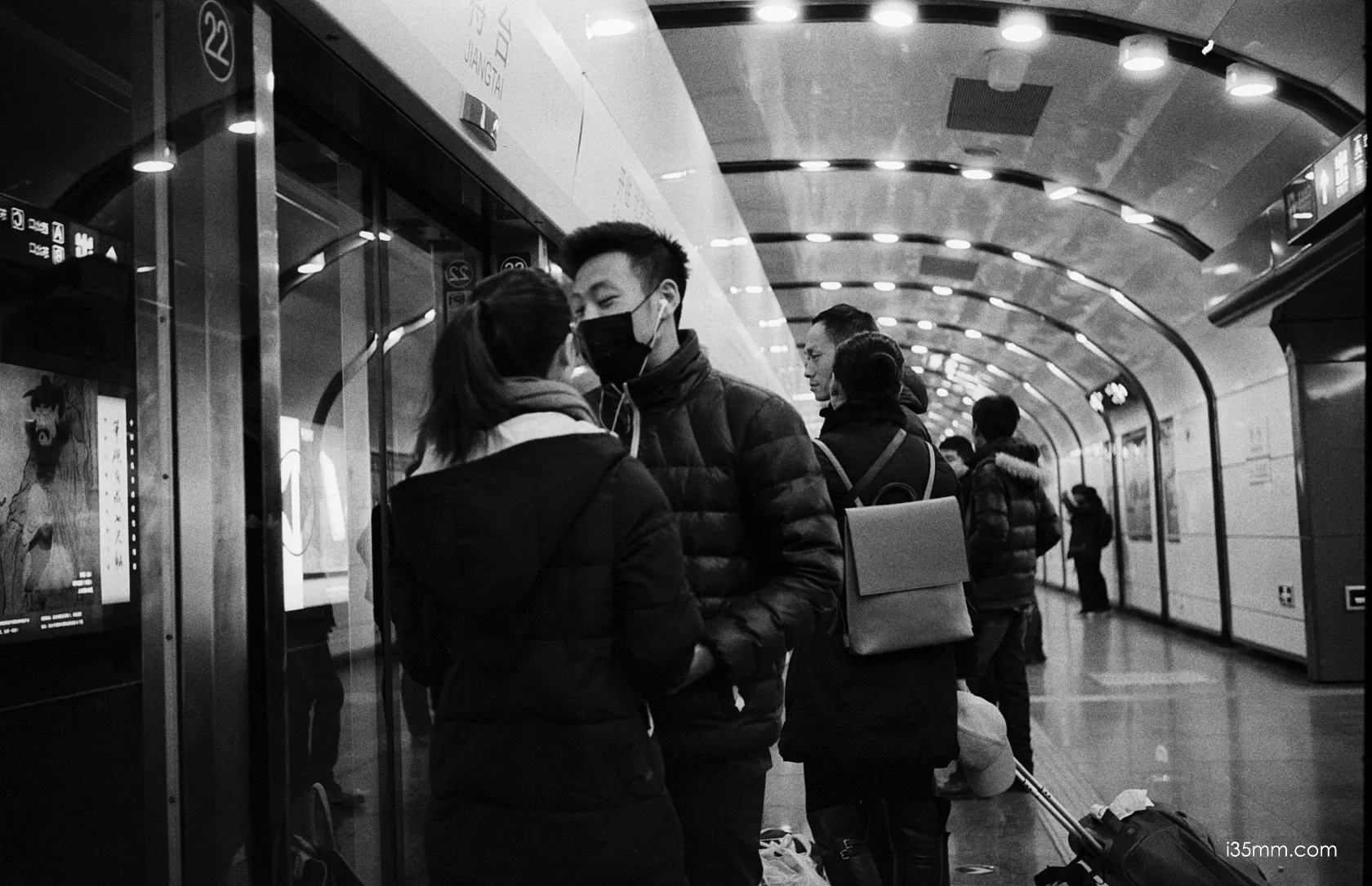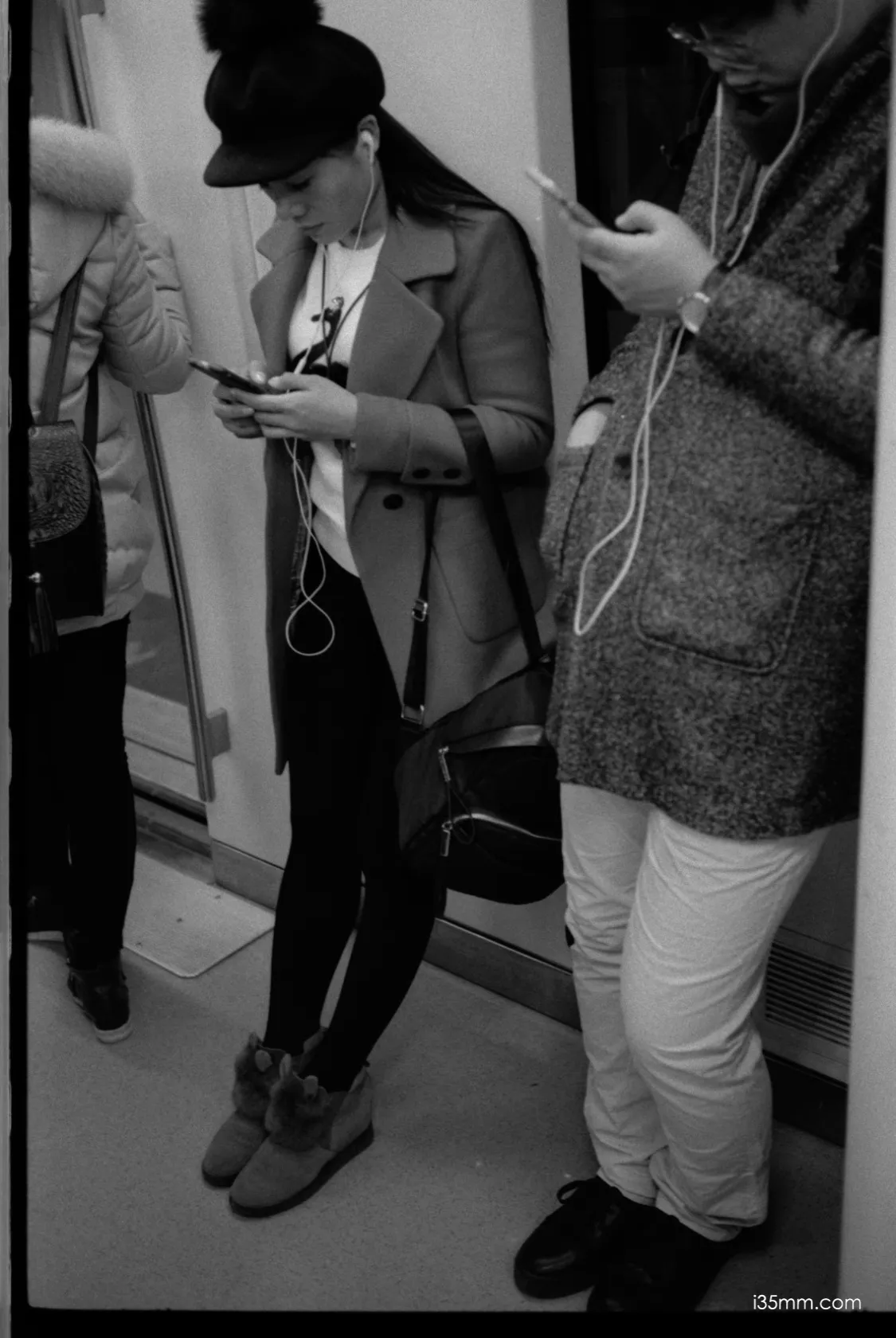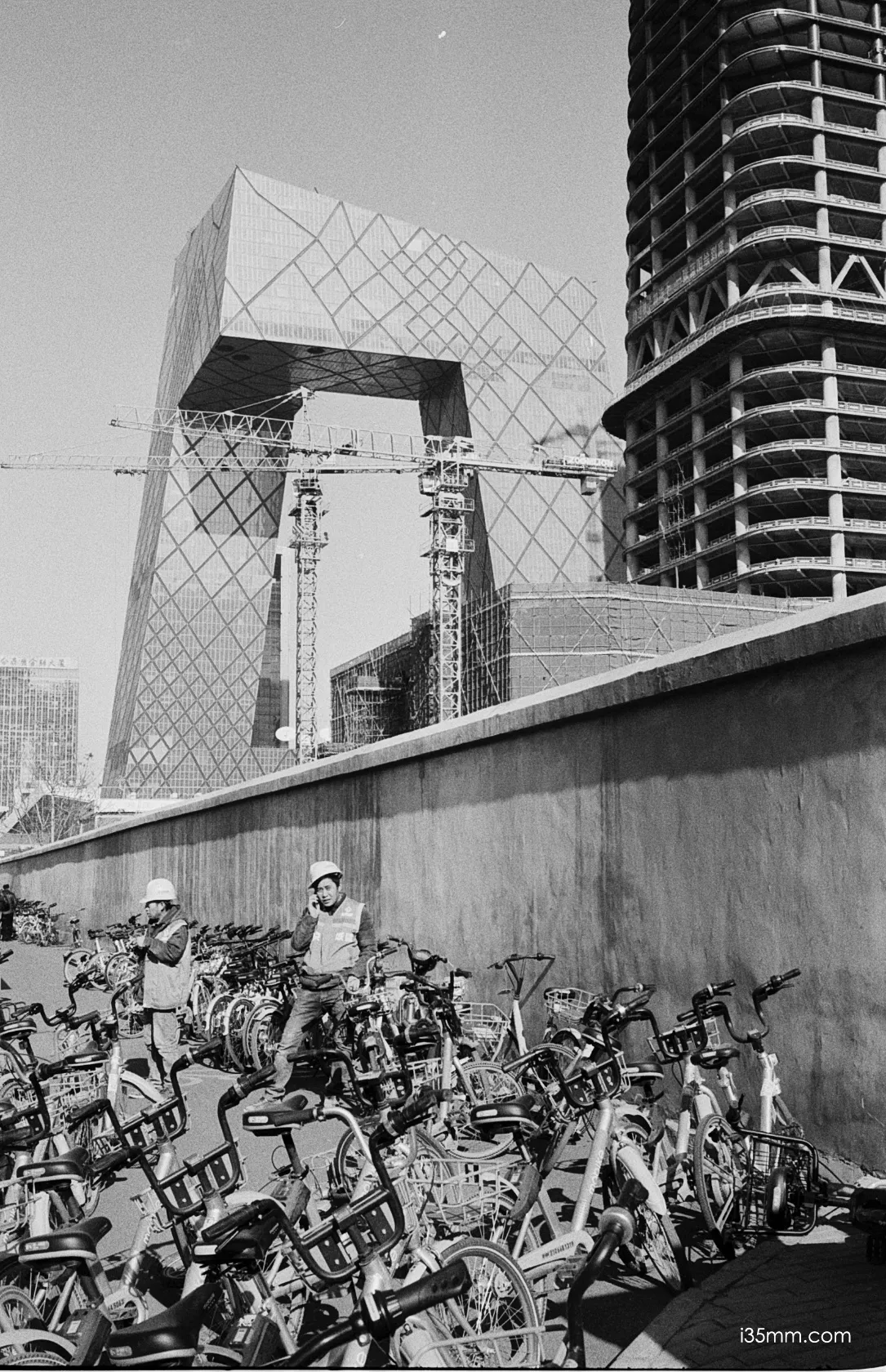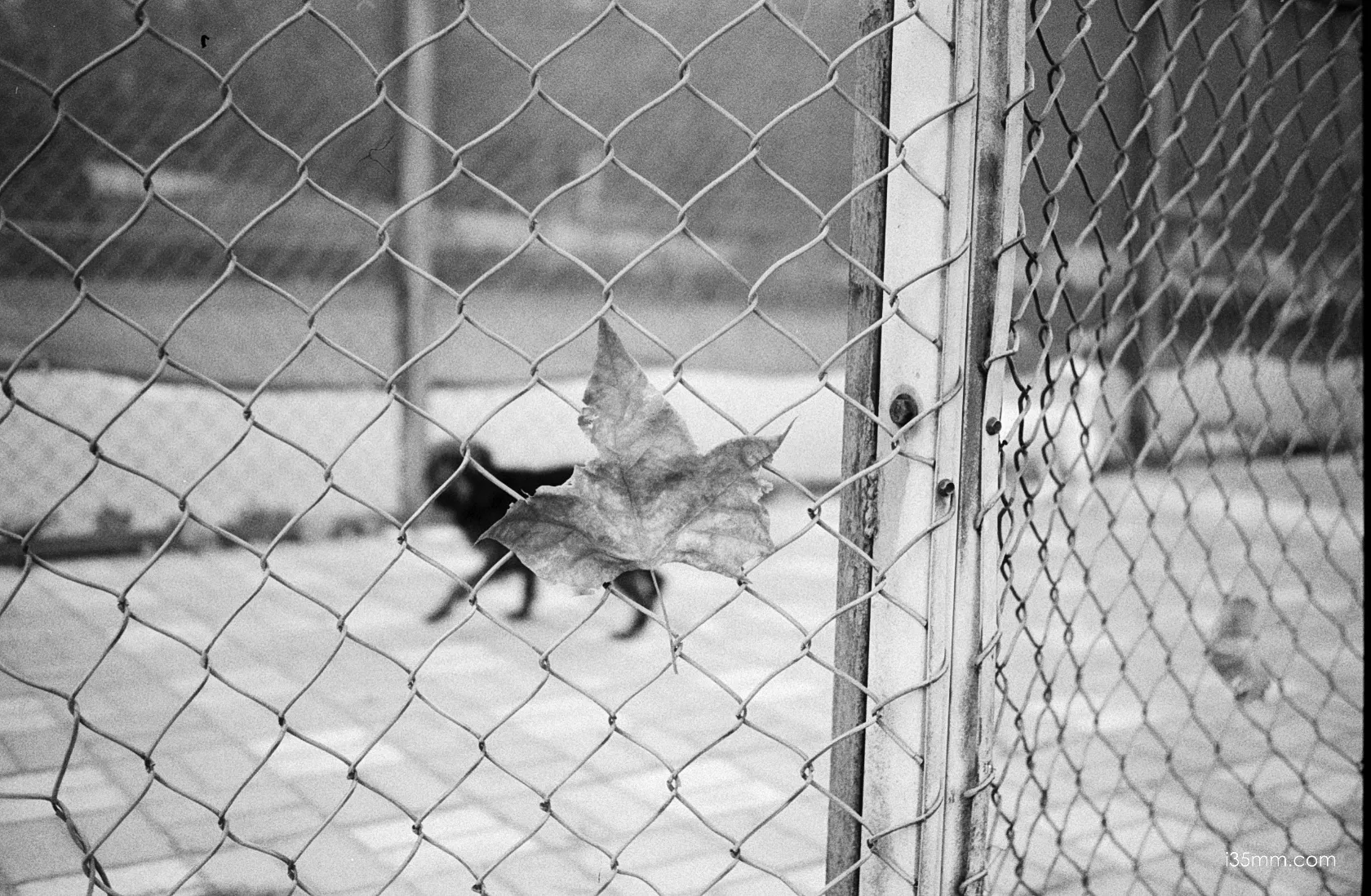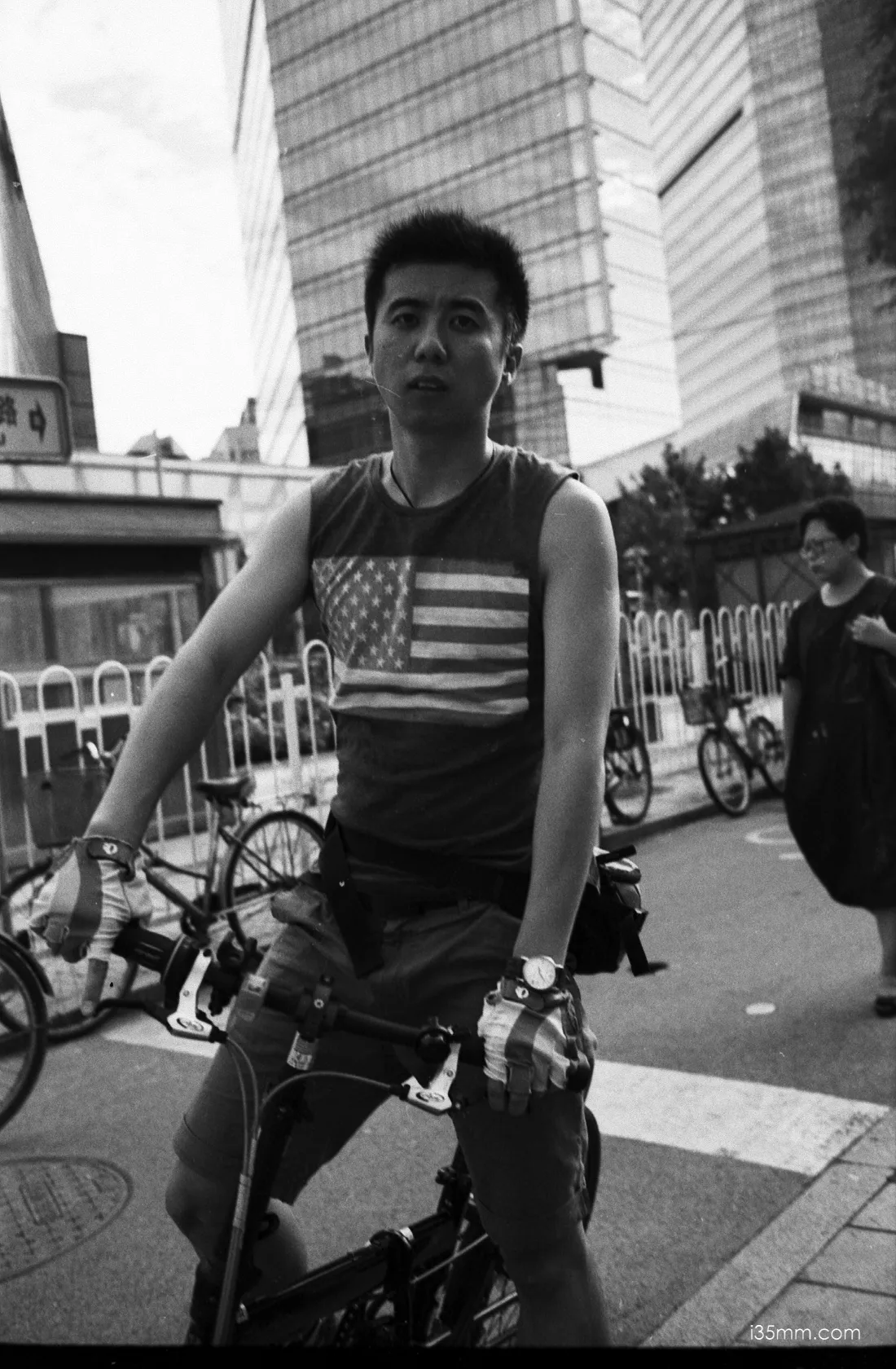
The Leica M8 is a digital rangefinder camera that has been around for almost twenty years. It’s not just a technological marvel for me, but also a great emotional support and creative partner. Whenever I pick it up, it’s like I’m embarking on a special photographic journey, and every click of the shutter is a part of my deep connection with the world. The Leica M8 is more than just a classic camera to me – it’s an indispensable companion and a constant source of inspiration in my photographic career.
I just love the M8 because it’s so reliable and pure, and it never goes out of style. In this day and age, where cameras are getting more and more advanced with each new generation, the M8 stands out for sticking to the traditional manual operation and rangefinder linkage. I really admire this return to the essence of photography! It made me realise that the value of photography doesn’t depend on whether it’s technologically advanced or not. It’s about how the photographer captures and conveys their emotions and thoughts through the lens.
I find that using the M8 to shoot black and white photos is a kind of emotional catharsis and artistic pursuit that I really enjoy. The world in black-and-white shades, fading away the noise of colour, leaving behind pure light and shadow and deep emotions. The M8 with its excellent control of shadow, so that each photo is full of power and infectious. They are not only visually enjoyable, but also touching the heart. It was such a wonderful feeling, like I was travelling through time and space! I felt connected to those classic black-and-white photographs and I could really feel the eternal charm of the art of photography.
Do you remember that gorgeous black and white ad for the Leica M8 by Wim Wenders?
When I first saw Wim Wenders’ beautiful black-and-white ad for the Leica M8, I was really moved. It was so much more than just a display of images. It touched my heart and resonated with me deeply, as if it truly understood the art of photography.
The black-and-white images unfolded slowly, and every detail seemed to have been carefully crafted over time, revealing an indescribable purity and depth. I was completely captivated by the moments of light and shadow, feeling the emotions and stories behind each frame. Wim Wenders has done an amazing job! He has such a unique perspective and exquisite skills. He has brought out the charm of the Leica M8 in the best possible way. I’m now yearning for and loving this camera like never before!
I know that black-and-white photography is all about playing with light and shadow to create something really special. It lets the photographer focus more on the composition of the image, the layers of light and shadow, and the emotion in the picture. The Leica M8 is a fantastic camera for black and white photography. It has excellent image quality, precise focusing ability and unique German colours. I would absolutely love to have a camera like that so I can capture every single moment of my life and record all those beautiful, heart-melting moments that just seem to pass by in the blink of an eye.
That advertisement just fills my heart with so much longing and love for the Leica M8 whenever I think of it! It’s not just a camera, it’s my best friend! It helps me pursue my passion for photography and express my inner feelings. I truly believe that in the days to come, I will grow with the Leica M8. I will explore the infinite possibilities of photography together with it and interpret the beauty and sorrow of the world with black and white images.
CCD Advantages of the Leica M8
Let me tell you about the amazing CCD sensor in the Leica M8! This digital rangefinder camera has a CCD sensor that offers some truly unique advantages. CCD sensors are a type of image sensor that have been used in early digital cameras for a long time. They have some great features that really make a difference, and you can see all of that in the Leica M8!
- Produces high-quality images: The APS-H format CCD sensor used by the Leica M8 has 10 million pixels, but thanks to the high sensitivity and low noise characteristics of the CCD, it still produces great images. In bright light, the M8 can capture more details and reduce noise, producing a purer, more delicate image.
- Ideal for black and white photography: You were right about the Leica M8 performing well when shooting black and white photos. This is down to the CCD sensor’s ability to capture light accurately and restore it effectively, which makes black and white photos look richer in tone and more contrasty. It can even capture infrared light.









































